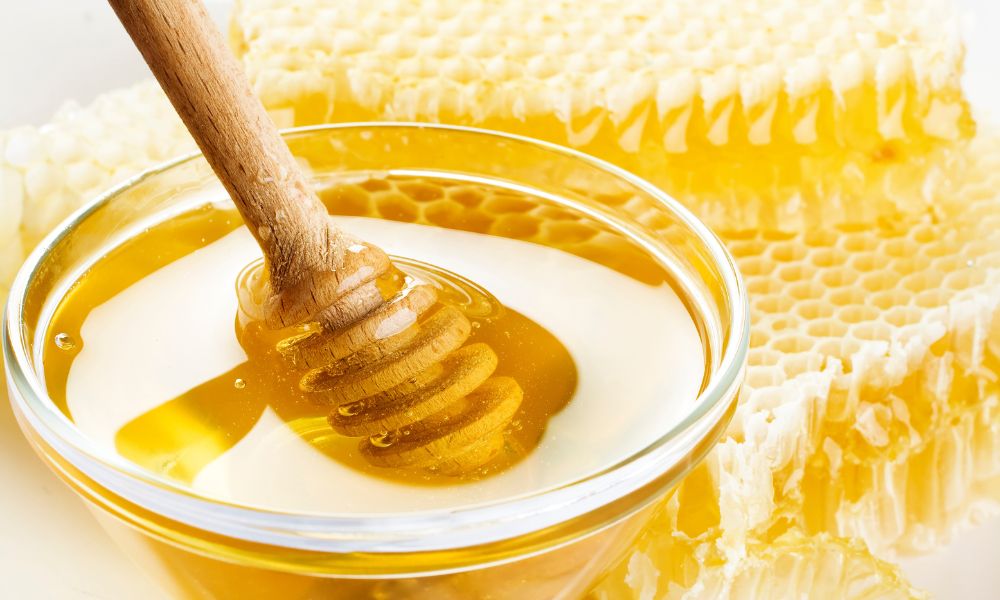When you think about honey, you likely imagine a thick, viscous fluid packaged inside a glass container. That honey had to go through quite a lot of steps before it could arrive on a store shelf. Honey must pass a considerable number of tests, checks, and processes that occur during harvesting. You’ll likely want to understand the process of packaging natural honey.
Extracting Honey
The most important tool for packaging natural honey is an extractor. This extractor uses centrifugal forces to remove honey from the honeycomb. The quick, spinning motion removes every last drop of that thick, liquid gold from the wax, which can be quite challenging to do without an extractor. A honey extractor allows harvesters to maximize efficiency and harvest as much honey as possible. The more honey they obtain, the more they can sell.
Filtering Honey
You might think that honey would be ready for sale after harvesters extract it from the comb, but that isn’t correct. That honey has debris, wax, and other impurities that can lower its food grade. One thing you need to understand about the process of packaging natural honey is that filtering is essential.
Are you looking for wholesale honey distributors? Doing so can be challenging, as you want to ensure the distributor offers high-quality honey. That’s where you can trust us. At Honey Source, we pride ourselves on consistently reaching food safety standards. You can always expect consistent flavor and color profiles from our honey.
Food-Grade Products
Keep in mind that the honey you eat is in contact with the bottle or container itself, so even the products containing honey must be food-grade. Honey distributors use various food-grade products that range from levels one to seven. At Honey Source, we package our honey in high-quality, food-grade packaging you can always trust.

